Fall-arrest systems are one of the many types of safety equipment that can be present in a workplace. Such systems can help keep a worker from suffering major impact injuries when they fall from a high height. However, this does not mean that all falls in which a worker is wearing a fall-arrest system and the system “catches” them are injury-free.
For one, injuries can occur while a worker is suspended by the system. For example, they could suffer suspension trauma. Such trauma, formally called orthostatic intolerance, can happen when a person ends up in a suspended state for a relatively long period of time. During prolonged suspension, certain things can happen in a person’s body, including “venous pooling” in the legs, that can have negative effects. These negative effects, in addition to causing short-term discomfort and having the potential to cause unconsciousness, can also have long-term, or even fatal, ramifications.
Many things can impact a worker’s likelihood of suffering suspension trauma or other injuries while being suspended by a fall-arrest system after a fall. This includes:
- How long they remain suspended.
- Whether their fall-arrest system and other personal protective gear is on properly.
- What actions they take when suspended.
- What rescue efforts are taken after they fall.
- What actions the personnel performing the rescue take.
So, a lot of different things could contribute to a given suspension injury and its severity. So, there can be a wide range of different types of evidence touching on how a given suspension injury happened. The issue of suspension injury cause can be relevant in many contexts, including when a manufacturer of a fall-arrest system or some other company is facing personal injury litigation in connection to the injury. Skilled attorneys can help such companies with evidence analysis and other matters related to their defense when such litigation comes up.
Source: Safety+Health, “Suspension trauma: After the fall,” March 26, 2017

